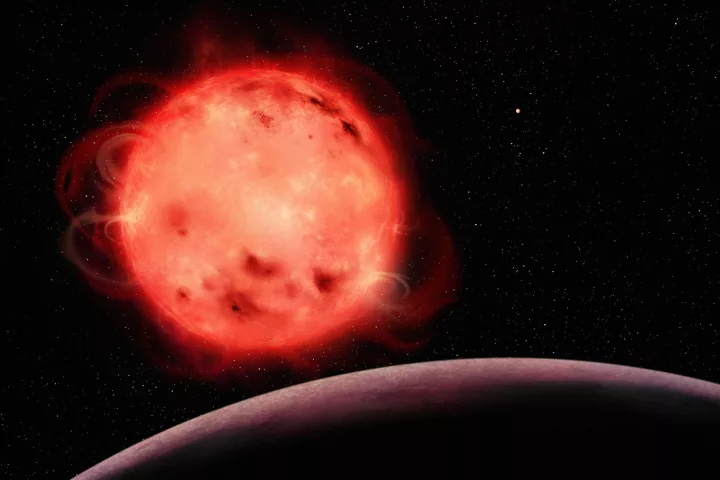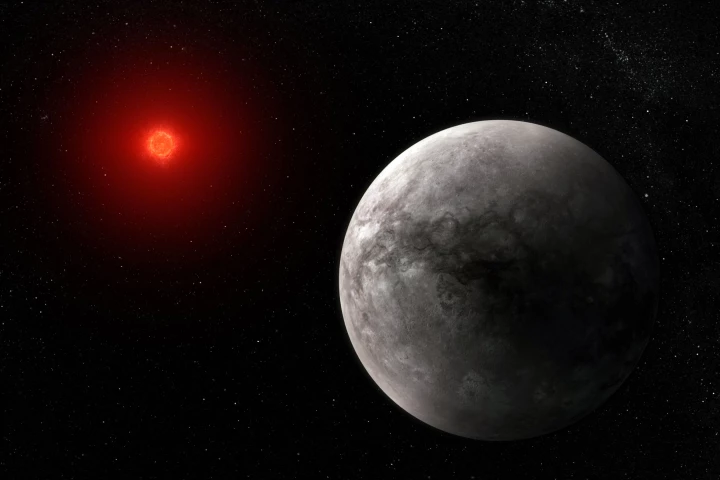TRAPPIST-1
-
Aliens might be able to detect us from the radio signals we beam to Mars to control our rovers there. Astronomers have now listened in on the nearby TRAPPIST-1 system to check whether aliens are chattering between their own neighboring planets.
-
Move over TRAPPIST-1 – there’s an exciting new planetary system in town. Meet Kepler-385, home to seven Super-Earths that were just discovered in existing data.
-
The James Webb Space Telescope has achieved one of the first major science goals announced for it way back in 2017. The infrared instrument has now probed the atmosphere around one of the TRAPPIST-1 exoplanets.
-
Researchers have used the James Webb Space Telescope to measure the temperature of the innermost planet in the TRAPPIST-1 system, shedding more light on the ability of planets like these to support life.
-
The world has seen some major scientific achievements in the last 10 years, as discoveries and developments decades in the making were finally realized. New Atlas rounds up five of the most ground-breaking, history-making milestones of the 2010s.
-
TRAPPIST-1 is one the most fascinating planetary systems discovered so far. Now, two new studies have looked at the habitability of these planets, with a focus on radiation from the star and tides caused by the other planets. Strangely enough, these factors could help make them more liveable.
-
Among the almost-4,000 exoplanets found so far, none really capture the imagination like TRAPPIST-1. Now a team of astronomers led by the University of Washington has simulated the climates that could be found on each TRAPPIST world.
-
A new study on the density of the seven planets in the nearby TRAPPIST-1 system has found that these worlds may have even more water than Earth does – but in a cruel case of having too much of a good thing, that might be enough to drown out any hopes of finding life there.
-
Just 40 light-years away, TRAPPIST-1 is one of the clearest case studies into how other planetary systems work. New research has calculated the densities and atmospheres of the planets, giving us a better understanding of how they might look and how much water might be there.
-
There is still so much to learn out about the TRAPPIST-1 system. One question on everybody's lips concerns the chances of liquid water, something scientists are now able to shed more light on thanks to fresh observations from the Hubble Space Telescope.
-
A new study using data from prolific exoplanet hunting telescope Kepler has filled in some of the blanks on the TRAPPIST-1 system's outermost planet bringing to light new information on its orbit, temperature and chances of hosting life.
-
Simulations suggested that the crowded TRAPPIST-1 system is due to come to a catastrophic climax in the next million years. But new research has found that TRAPPIST’s worlds orbit in what’s called a “resonant chain,” which keeps the system stable – and has been translated into a piece of music.
Load More











